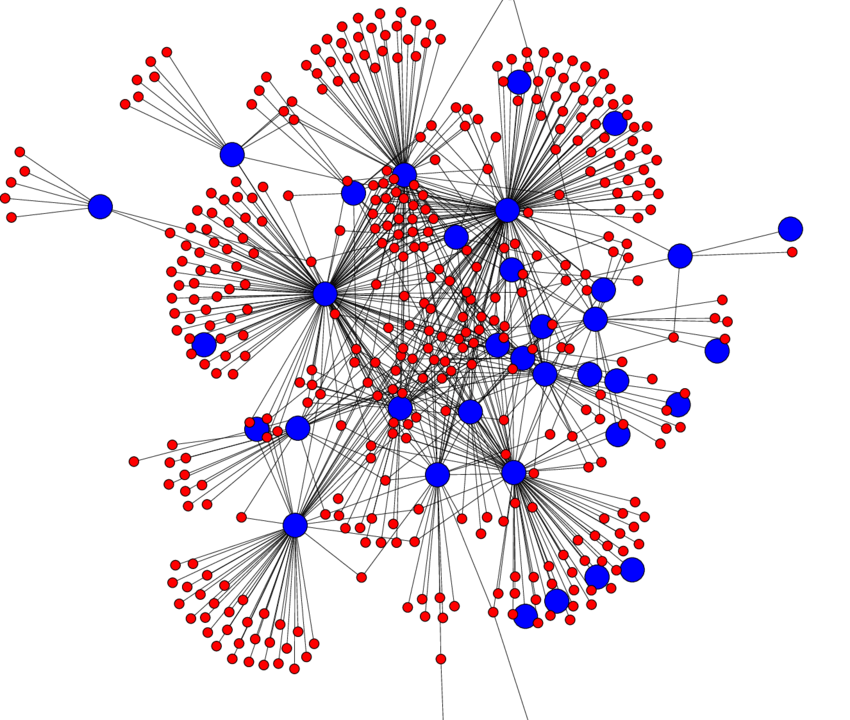
Farhad Reyazat – PhD in Risk Management, London Institute of Banking and Finance
Citation: Reyazat, F. (2025c, July 15). “Deciphering Systemic Risk in 2024: AI’s Dual Role and Emerging Drivers in Global Financial Markets” , London Institute of Banking and Finance. https://www.reyazat.com/2024/01/26/deciphering-systemic-risk-in-2024-ais-dual-role-and-emerging-drivers-in-global-financial-markets/
Introduction:
In an era where global financial markets are increasingly interconnected and influenced by a myriad of factors, understanding systemic risk has never been more critical. Systemic risk, the potential for a domino-like collapse in financial markets, poses a significant threat to global economic stability. This article delves into the intricate web of systemic risk in financial markets, dissecting its sources, the evolving role of artificial intelligence (AI) in managing these risks, and the specific drivers shaping the landscape in 2024. We traverse through the complexities of interconnected financial institutions, market volatility, regulatory landscapes, and the groundbreaking yet double-edged sword of AI in financial systems. By exploring the multifaceted nature of systemic risk, this article aims to provide a comprehensive understanding of the challenges and opportunities presented by this ever-present aspect of our modern financial world.
Sources of Systemic Risk in Financial Market
Systemic risk in financial markets refers to the risk of a economic system or entire market collapsing, as opposed to the risk associated with any one individual entity, group, or component. It can be thought of as the risk of a chain reaction of negative events that could potentially destabilise or cripple the financial system as a whole. This type of risk can arise from several sources:
1.Interconnectedness of Financial Institutions:Many financial institutions are interconnected through lending, borrowing, and investing activities. A problem in one institution can quickly spread to others.
2. Leverage: High levels of borrowing to finance investments can amplify losses, leading to significant impacts on financial institutions and markets.
3. Liquidity Shortages: If many market participants need to sell assets quickly, it can lead to a liquidity shortage, where there are not enough buyers, causing a rapid decline in asset prices.
4. Market Sentiment: Extreme changes in market sentiment can lead to rapid capital outflows, increasing volatility and destabilising markets.
5. Concentration Risk: When the financial system is dominated by a few large entities, problems in one of these entities can have disproportionately large effects on the entire system.
6. Complex Financial Products: The use of complex and opaque financial products can obscure the true risk profile of institutions and the system, leading to underestimation of risks.
7. Regulatory Failures: Inadequate regulation and oversight of financial markets and institutions can allow systemic risks to build up unnoticed or unaddressed.
Examples of systemic risk events include the global financial crisis of 2007-2008, where the collapse of the housing market in the United States led to a global financial crisis, and the 1997-1998 Asian financial crisis, which was triggered by the collapse of currency values in several Asian countries.
Managing systemic risk involves careful regulation and oversight of financial markets, stress testing of financial institutions, ensuring adequate liquidity, and fostering transparency in financial markets.
Artificial Intelligence and Systemic Risk in Financial Market
The impact of AI on systemic risk in financial markets is multifaceted, offering both potential benefits and new challenges:
1. Risk Identification and Management: AI can analyse vast amounts of data to identify potential risks more quickly and accurately than traditional methods. It can detect patterns indicative of systemic risk, such as credit bubbles or market anomalies, enabling earlier intervention.
2. Enhanced Market Efficiency: AI can process information and execute trades at speeds far beyond human capabilities, potentially leading to more efficient markets. This efficiency, however, can also lead to rapid propagation of market movements, both positive and negative.
3. Automated Trading Systems: The widespread use of AI in trading algorithms can lead to increased market volatility. If many systems are programmed with similar strategies, they may react simultaneously to certain market conditions, potentially exacerbating market movements.
4. Complexity and Opacity: The algorithms driving AI in finance can be highly complex and not always transparent. This can make it difficult for regulators and market participants to understand how these systems operate, potentially masking systemic risks.
5.Cybersecurity Risks: Dependence on AI systems increases the risk of cyber attacks on financial institutions. A successful attack could have systemic implications, especially if it affects key financial infrastructure.
6. Displacement of Traditional Risk Management: As AI takes over more of the risk assessment and management roles, there may be a loss of traditional risk management skills among human employees. This could make it difficult to manage risks that are not well-captured by AI models.
7.Regulatory Challenges: Regulators may find it challenging to keep pace with the rapid development and deployment of AI in financial markets. This can lead to regulatory gaps or ineffective oversight, potentially increasing systemic risk.
8.Market Concentration: The high costs and expertise required to develop and maintain sophisticated AI systems could lead to greater market concentration, as only the largest institutions can afford these technologies. This concentration might increase systemic risk.
While AI has the potential to enhance the understanding and management of systemic risk, it also introduces new complexities and challenges that need to be carefully managed to ensure the stability of financial markets.
Systemic Risk Drivers in 2024
As of 2024, the systemic risks in the financial markets are predominantly shaped by several key factors:
1. Geopolitical Risks: according to The survey of Depository Trust & Clearing Corporation (DTCC), Geopolitical Risk is cited as the top risk, with 81% of respondents in the DTCC’s annual Systemic Risk Barometer Survey indicating it as a major concern. This reflects a significant increase from the previous year and is largely attributed to increasing international tensions and conflicts.
2. Inflation: Ranked as the second most significant risk, it was noted by 55% of respondents. Although this represents a decrease from the previous year, inflation continues to be a challenging issue in the risk landscape.
3. U.S. Political Uncertainty and the 2024 Presidential Election: This factor saw a notable increase in concern, with 51% of respondents considering it a top risk. The upcoming election is viewed as a potential influencer of market conditions.
4. Cyber Risk: This remains a consistent concern, with 50% of respondents highlighting it. Cyber risk has been a top-five risk annually since 2013, emphasizing ongoing worries about cybersecurity threats in the financial sector.
5. Commercial Real Estate Concerns: A new emergence in the survey, with 34% of respondents citing it as a top five risk. Factors like low occupancy rates and post-Covid location strategies are key drivers behind this growing area of concern.
These risks underline the importance of continuous adaptation and vigilance in risk management practices within the financial sector. Firms are advised to regularly review and evolve their risk management strategies, conduct scenario planning, enhance recovery and resilience capabilities, and ensure ongoing employee training on the evolving threat landscape.
References
Danielsson, J., Macrae, R., & Uthemann, A. (2021). Artificial intelligence and systemic risk. Journal of Banking & Finance.
Financial Stability Board. (2021). Financial Stability Surveillance Framework.
International Monetary Fund. (2024). Global Financial Stability Report.
Tian, J., & Nagayasu, J. (2024). AI and financial systemic risk in the global market (TUPD Discussion Paper No. 55). Graduate School of Economics and Management, Tohoku University. Retrieved from http://hdl.handle.net/10097/0002002584
Vuković, D. B., Dekpo-Adza, S., & Matović, S. (2025). AI integration in financial services: A systematic review of trends and regulatory challenges. Humanities and Social Sciences Communications, 12(562). https://doi.org/10.1057/s41599-025-04850-8
Wang, H., & Liang, Y. (2024). Risks emerging from artificial intelligence widespread use. Society of Actuaries Research Institute.






3 replies on ““Deciphering Systemic Risk in 2024: AI’s Dual Role and Emerging Drivers in Global Financial Markets””
Thank you, your article surprised me, there is such an excellent point of view. Thank you for sharing, I learned a lot.
Your article helped me a lot, is there any more related content? Thanks!
Thanks for sharing. I read many of your blog posts, cool, your blog is very good.